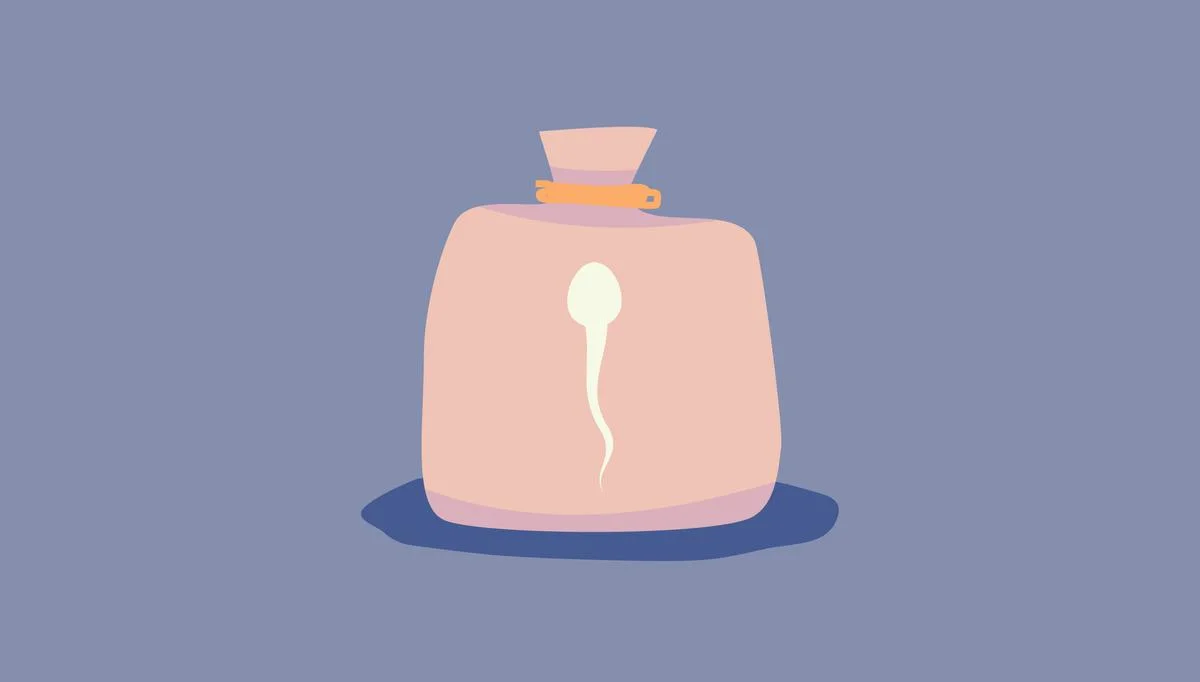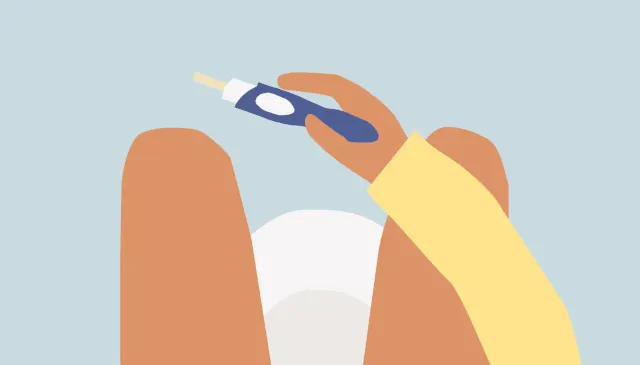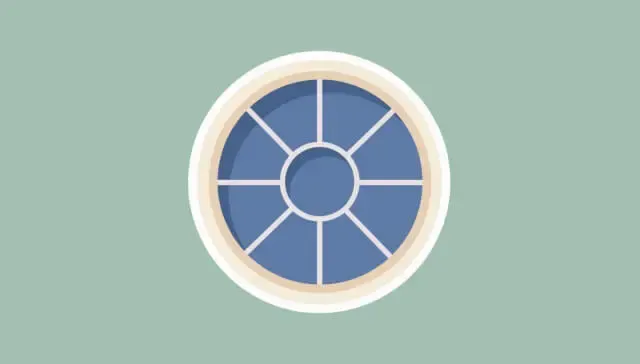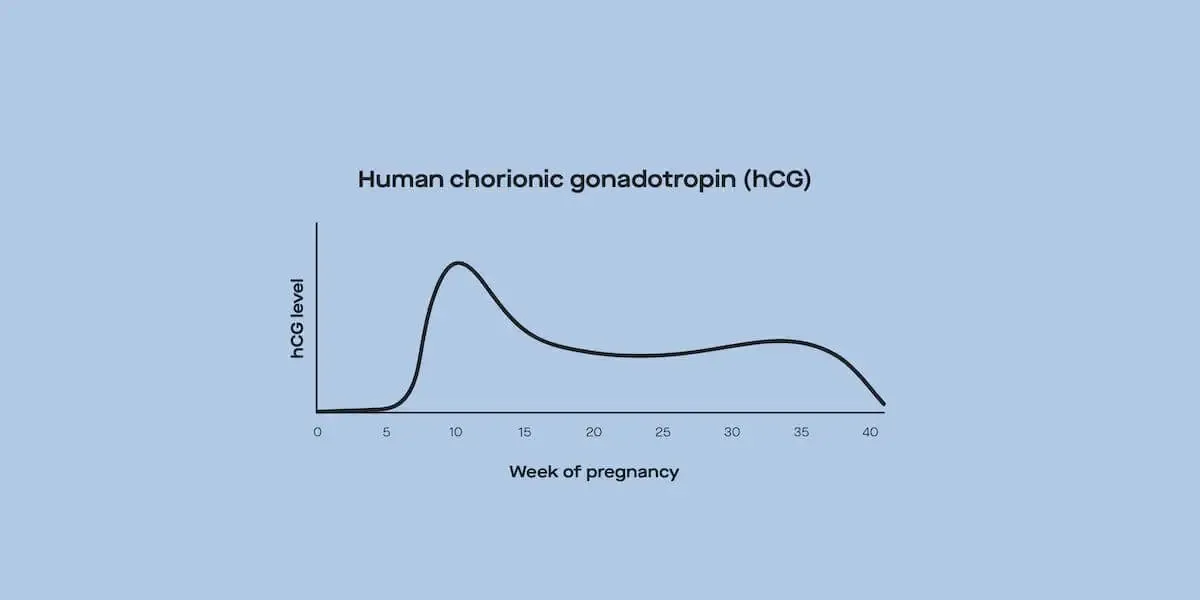Here's what we'll cover
Here's what we'll cover
We all remember the ‘birds and the bees’ chat we got when we were younger—perhaps not so fondly, but it’s the sort of conversation that sticks with you. So, you know that conceiving a baby traditionally involves a man’s sperm traveling up a woman’s vagina, through the cervix, into the uterus, and into a fallopian tube, where an egg is fertilized. However, there are a lot of possible steps where this process just doesn’t work for everyone.
Fortunately, medical researchers have developed ways of assisting women with getting pregnant when the traditional method hasn’t been successful or isn’t an option. One of these methods is known as artificial insemination.
Here’s what you should know about artificial insemination, including what it is, how it works, and your chances of successfully getting pregnant.
What is artificial insemination?
Artificial insemination refers to the introduction of semen into a woman's uterus, vagina, or cervix by means other than sexual intercourse. The semen used can come from the woman’s partner or a donor (Ginsburg, 2020).
Some of the most common scenarios where artificial insemination might be used include (Ginsburg, 2020; Ombelet, 2015):
Male partner unable to have intercourse (for example, due to a spinal cord injury)
Male partner with low sperm count
Women in same-sex relationships
Single women without a partner
Couples where one partner has a sexually transmitted illness, and the other doesn’t
Couples where the male partner has an inheritable illness linked to the Y-chromosome
Artificial insemination has been used for many decades. It has been well-studied as a fertility treatment option for male factor infertility or women without a male partner. Each year, thousands of pregnancies are conceived using artificial insemination. It is considered safe and has a reasonable success rate (Ginsburg, 2020; Leslie, 2021).
How does artificial insemination work?
Most artificial insemination procedures follow a similar pattern.
Ovulation
The first step in artificial insemination is determining the best days during your menstrual cycle to perform the procedure. Peak fertility typically occurs in the 24–48 hours after ovulation. You can determine when this is by measuring the amount of luteinizing hormone in your urine using test sticks available from the pharmacy (Sicchieri, 2018).
Your reproductive health provider may also induce ovulation using medications, although this can increase your likelihood of becoming pregnant with twins or triplets. Fertility medications commonly used include (Walker, 2021):
Clomiphene citrate
Letrozole
Gonadotropin therapy
Semen
The semen used for insemination can be obtained in several ways (Sicchieri, 2018):
The woman’s male partner
Someone known to the woman who has agreed to donate
Donor semen purchased from a sperm bank
A lab will prepare the semen. The donor will have been screened with blood tests for sexually transmitted illnesses and other health issues. The lab will then process the semen and “wash” it. Sperm washing helps to remove dead cells, leaving only the highest-quality sperm. The semen is then placed into an insemination catheter for the procedure (Sicchieri, 2018; Leslie, 2021).
Insemination
For the best chance of successfully becoming pregnant, you should have insemination done the day that you are ovulating or the day after that (Sicchieri, 2018).
The procedure—called intrauterine insemination (IUI)—is usually performed in a doctor's office or fertility clinic. Your reproductive specialist will use a speculum to help visualize your cervix. They will then use the insemination catheter to insert the semen directly into your uterus. Putting the semen directly in the uterus has a slightly higher chance of success than when the semen is placed in the cervix or vagina (Steele, 2006).
Monitor for pregnancy
You might experience some cramping after an IUI procedure, but you can usually return to your regular activities the next day. After approximately two weeks, you will take a pregnancy test to determine if the insemination procedure was successful.
Can you do artificial insemination at home?
Some types of artificial insemination can be performed at home. This has the benefit of lowering the cost of the procedure and adding privacy for the woman. Home insemination kits are available online or from some healthcare providers (Steele, 2006).
Home artificial insemination is usually done by intravaginal or intracervical insemination. These have a slightly lower chance of success than intrauterine insemination (IUI) since the semen is not inserted as deeply as with IUI, but they can still be effective (Steele, 2006).
Additionally, home insemination is less regulated than procedures performed in a healthcare provider’s office. Often women who choose insemination at home use fresh semen from a donor that is known to them (though some sperm banks offer at-home kits available in some states). Before the procedure, both the woman and the donor should be screened for sexually transmitted illnesses. Your healthcare provider can provide you with a list of recommended testing (Steele, 2006).
Artificial insemination vs. IVF
Artificial insemination and in vitro fertilization (IVF) are both types of assisted reproductive technology. These are the medical techniques used to help a woman get pregnant. Whereas IUI involves artificially introducing sperm into the uterus, IVF involves taking both sperm and an egg out of the body and combining them in a petri dish. When the egg becomes fertilized, the resulting embryo is placed back into the uterus to hopefully become a pregnancy (Choe, 2021).
Both artificial insemination and IVF can be used when there is no male partner to provide semen or when there are problems with the male partner’s semen (such as low sperm motility). In vitro fertilization is a better choice if the female has fertility issues, such as (Choe, 2021):
Damaged fallopian tubes
Endometriosis
Need for a donor egg
Additionally, using IVF allows you the option to freeze your eggs or fertilized embryos. You can then have them thawed and implanted to become pregnant at a later time (Choe, 2021).
The process of IVF is much more invasive and costly, so many healthcare providers recommend trying IUI first if there are known fertility issues.
How much does artificial insemination cost?
The cost of artificial insemination varies depending on where you’re located and the exact type of procedures used. It is typically less expensive and less invasive than in vitro fertilization, making it a valuable first step for women who want to get pregnant (Ombelet, 2015).
If you’re thinking of pursuing insemination, check with your healthcare provider about what procedure they recommend (donor semen, medications, etc.). You can then contact your health insurance company to find out what assisted reproductive procedures are covered.
Additionally, some reproductive clinics may offer fertility financing options, grants, scholarships, or other special discounts and packages.
What is the success rate of artificial insemination?
Many factors affect the pregnancy rate after artificial insemination, such as (Leslie, 2021; Sicchieri, 2018):
The age of the person being inseminated
Whether ovulation is induced with medication
Whether there are underlying infertility issues
If the semen used is fresh or frozen
The overall pregnancy success rate varies from 4% to 12.74% when used alone and under ideal conditions. These odds increase when medications to induce ovulation are used along with IUI. Rates of pregnancy decrease as more attempts are made (Leslie, 2021; Sicchieri, 2018).
If you’re having trouble conceiving from artificial insemination alone, your healthcare provider might suggest adding in medications to stimulate ovulation or moving to IVF to increase your odds. Most providers recommend three to four treatment cycle attempts at artificial insemination before moving on to IVF (Leslie, 2021).
DISCLAIMER
If you have any medical questions or concerns, please talk to your healthcare provider. The articles on Health Guide are underpinned by peer-reviewed research and information drawn from medical societies and governmental agencies. However, they are not a substitute for professional medical advice, diagnosis, or treatment.
Choe, J., Archer, J. S., & Shanks, A. L. (2021). In vitro fertilization. [Updated 2021, Sep 9]. In: StatPearls [Internet]. Retrieved on Dec. 20, 2021 from https://www.ncbi.nlm.nih.gov/books/NBK562266/
Ginsburg, E. S. & Srouji, S. S. (2020). Donor insemination. In: UpToDate . Retrieved from https://www.uptodate.com/contents/donor-insemination?search=intrauterine+insemination&source=search_result&selectedTitle=3~46&usage_type=default&display_rank=3
Leslie, S. W., Siref, L. E., Soon-Sutton, T. L., et al. (2021). Male infertility. [Updated 2021, Aug 12]. In: StatPearls [Internet]. Retrieved on Dec. 20, 2021 from https://www.ncbi.nlm.nih.gov/books/NBK562258/
Ombelet, W. & Van Robays, J. (2015). Artificial insemination history: hurdles and milestones. Facts, Views & Vision in ObGyn, 7 (2), 137–143. Retrieved from https://www.ncbi.nlm.nih.gov/pmc/articles/PMC4498171/
Sicchieri, F., Silva, A. B., Silva, A., Navarro, P., Ferriani, R. A., & Reis, R. (2018). Prognostic factors in intrauterine insemination cycles. JBRA Assisted Reproduction, 22 (1), 2–7. doi: 10.5935/1518-0557.20180002. Retrieved from https://www.ncbi.nlm.nih.gov/pmc/articles/PMC5844652/
Steele, L. S. & Stratmann, H. (2006). Counseling lesbian patients about getting pregnant. Canadian Family Physician Medecin De Famille Canadien, 52(5), 605–611. Retrieved from https://www.ncbi.nlm.nih.gov/pmc/articles/PMC1531717/
Walker, M. H. & Tobler, K. J. Female Infertility. [Updated 2021, Jan 1]. In: StatPearls [Internet]. Treasure Island (FL): StatPearls Publishing; 2021 Jan. Retrieved from https://www.ncbi.nlm.nih.gov/books/NBK556033/












